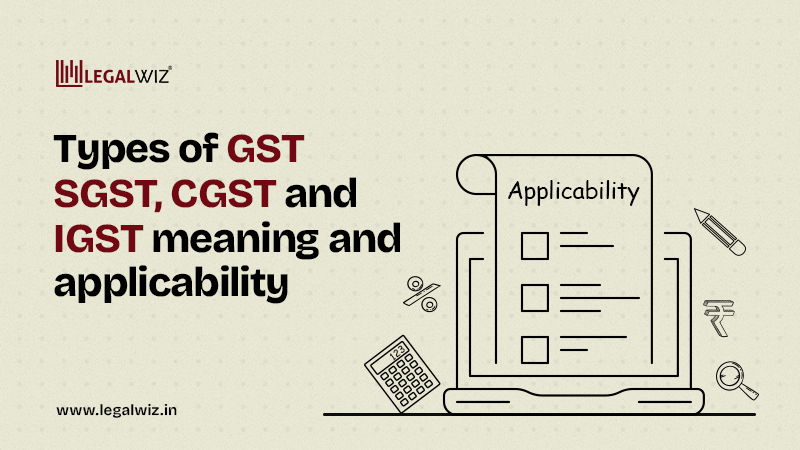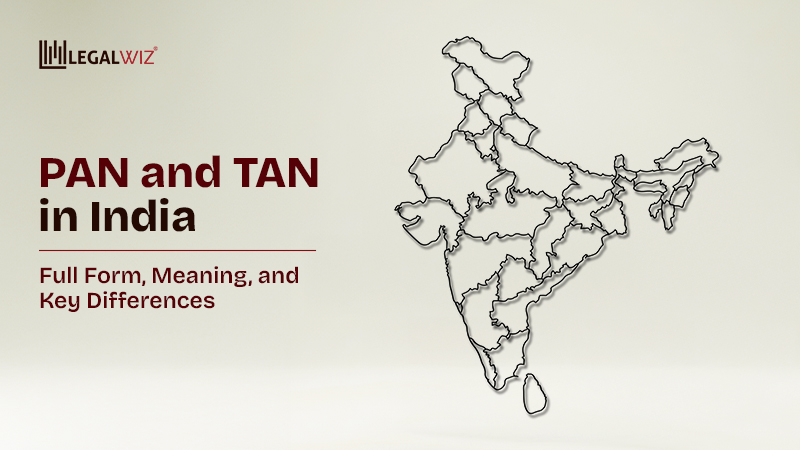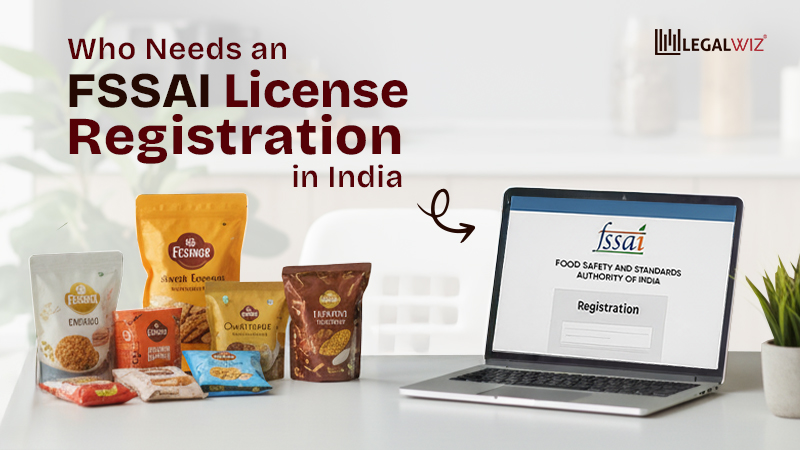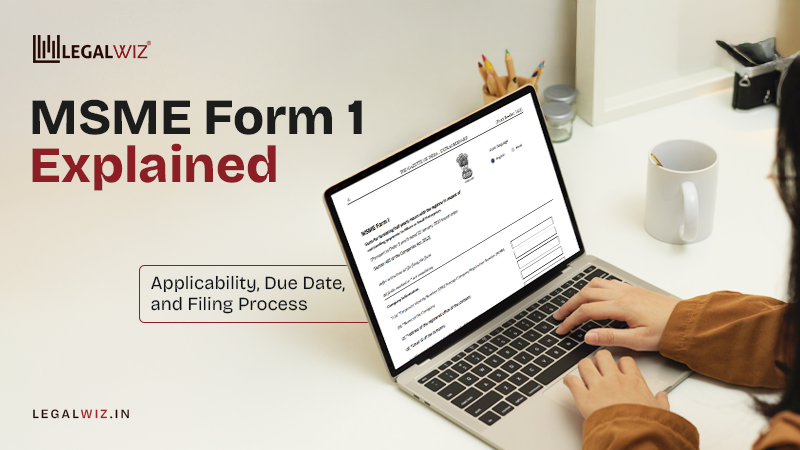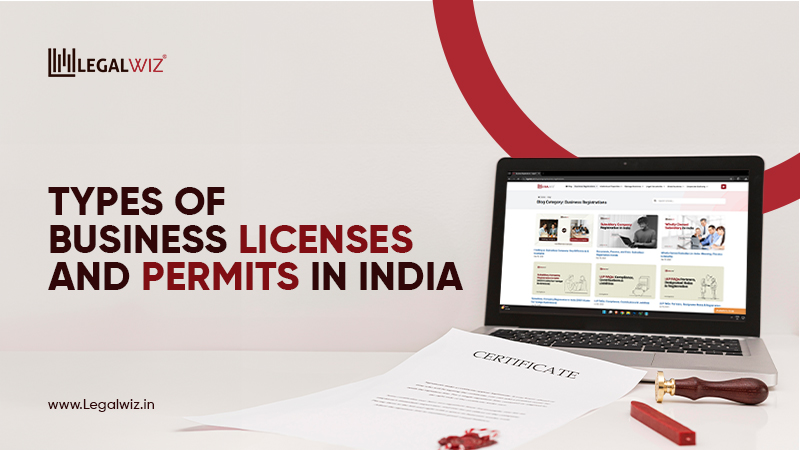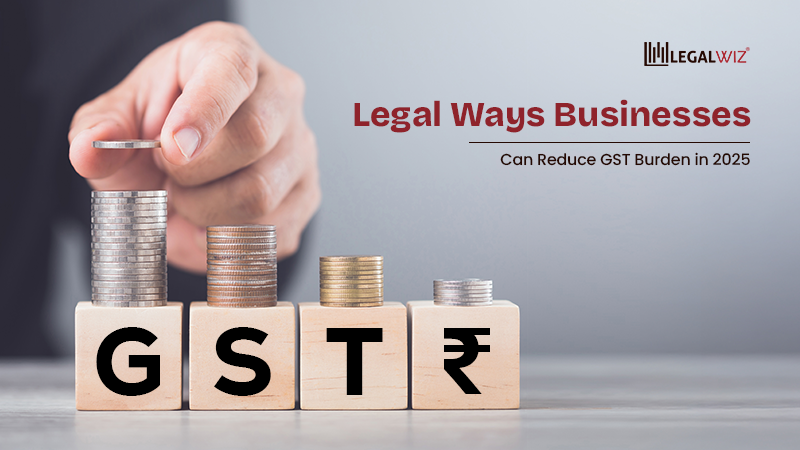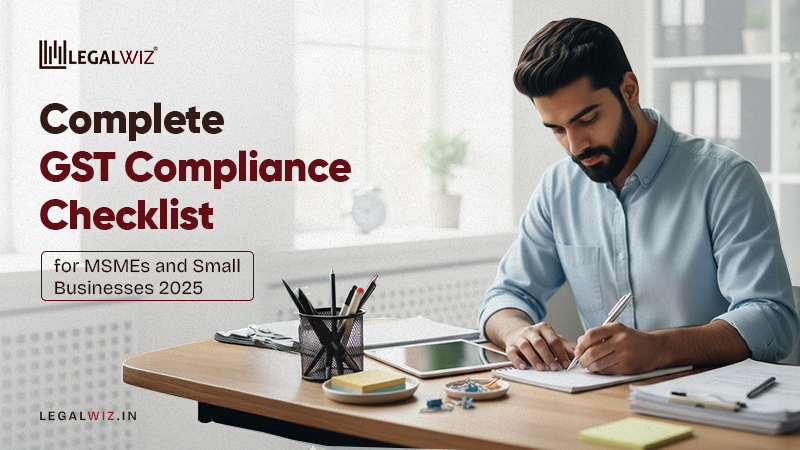Types of GST: CGST, SGST & IGST Explained with Beginner-Friendly Examples
Quite basically, when GST was rolled out as one tax system in 2017, it promised to replace the chaotic patchwork of indirect taxes in India. But you see all these weird tax charges listed as CGST, SGST, and IGST in some invoices, do you not wonder whether we have traded one twist for another?
Here’s the good news! Once you are open to understanding the difference between such tax types of GST and how and when each of them applies, you won’t second-guess your invoices again. Whether you’re selling on e-commerce platforms, small business owners, startup founders, or total freelancing rookies setting up their first bill, or just exploring GST registration online for the first time, this guide is for you.
Here we will break down the basics of GST, including
- The logic behind GST in India
- What are CGST, SGST, IGST (and UTGST)
- How does the input tax credit work across them
- Real-life examples to consider
- Common mistakes with tips to avoid them
- How to stay compliant with LegalWiz
Let the learning begin!
GST in India: A Quick Recap
In the pre-GST era, India had a variety of taxes: VAT, service tax, excise duty, octroi, central sales tax, and so on. It was a compliance nightmare. There were overlapping taxes, cascading tax (tax on tax), and taxes varying from state to state.
Since 2017, the Goods and Services Tax (GST) has introduced uniformity.
It is:
- Destination-based tax goes to the state where the product or service is consumed
- Comprehensive, which covers all goods and services
- Multi-tiered, i.e. multiple slabs such as 0%, 5%, 12%, 18%, 28%
Although the catch here is that India, being a federal country, both the Central and the State governments have a say! And thus, GST is divided into four types, depending on the allocation of shares.
Types of GST in India
| Type | Full Form | Applies To | Collected By |
| CGST | Central Goods and Services Tax | Within the same state | Central Government |
| SGST | State Goods and Services Tax | Within the same state | State Government |
| IGST | Integrated Goods and Services Tax | Between states or UTs | Central Government (then shared) |
| UTGST | Union Territory GST | Within Union Territories | Union Territory Govt |
Let’s break everything down.
1. CGST: Central Goods and Services Tax
When it applies: When a transaction happens within a single state, the buyer and seller are in the same state.
Who collects it: Central Government
How it works: Generally, it accounts for 50% of the total GST rate. So, if you charge 18% GST on a product, half of it, i.e. 9% goes to CGST.
Example:
A business located in Maharashtra sells a product to a customer also located in Maharashtra. GST = 18%.
- 9% CGST goes to the Centre
- 9% SGST goes to the state (Maharashtra)
This ensures both governments earn from the same sale.
2. SGST: State Goods and Services Tax
When it applies: Same as CGST, intra-state transactions.
Who collects it: The state government where the sale takes place.
How it works with CGST: Total GST is split 50-50 between the Centre and the State. The business files returns that include both components.
Important note: SGST from Maharashtra stays in Maharashtra. This makes GST a sustainable revenue source for states.
3. IGST: Integrated Goods and Services Tax
When it applies: On inter-state transactions, when the buyer and seller are in different states or union territories. Also applies to:
- Imports from other countries
- Exports (though exports are zero-rated)
- B2B sales across states
Who collects it: The Central Government, which then shares the relevant portion with the destination state.
How it works: Instead of two separate entries for CGST and SGST, you charge a single IGST. The credit goes to the receiving state.
Example:
A seller in Gujarat sends goods to a buyer in Karnataka. GST = 18%.
- Full 18% is charged as IGST
- Collected by the Centre
- Karnataka (buyer’s state) gets its share
This prevents double taxation and makes cross-border commerce smoother.
4. UTGST: Union Territory GST
When it applies: As implied by the name, any transactions taking place within Union Territories that don’t have a legislature, such as Lakshadweep, Andaman & Nicobar Islands, Dadra and Nagar Haveli.
How it works: Like SGST, but instead of the state, the Union Territory administration collects the tax.
Paired with: CGST, so the total GST is still split 50-50 between the Centre and local administration.
How Input Tax Credit (ITC) Works Across GST Types
Input Tax Credit (ITC) is the heart of GST. It lets you reduce the tax you owe by claiming the GST you’ve already paid on purchases.
Here’s how you can use different types of ITC:
| Credit Type | Can be used to pay | Cannot be used to pay |
| CGST | CGST, IGST | SGST |
| SGST | SGST, IGST | CGST |
| IGST | IGST, CGST, SGST | — |
Example:
You buy packaging material and pay ₹500 CGST + ₹500 SGST. Later, you sell your product and charge ₹1000 GST.
- You can use ₹500 CGST credit to pay your CGST liability
- ₹500 SGST credit for SGST
- Net GST to be paid = 0
This is what makes GST a “tax on value addition”; you only pay tax on the margin.
Common Mistakes Businesses Make
Even with a simplified system, these errors happen more often than you’d think:
- Charging CGST+SGST on inter-state sales (should be IGST)
- Wrong state code in GSTIN → misclassification of the transaction
- Missing invoices or input mismatch → leads to blocked ITC
- Not reconciling sales and purchase data with returns
Pro tip: Automated tools for reconciliation help a lot. Or partner with a GST expert. Such errors can be expensive.
If you haven’t registered yet and are just starting out, explore online GST registration with LegalWiz for a quick and guided setup.
Real-Life Scenario: Online Sellers
Let’s say you run an online apparel store based in Delhi.
- Order from Delhi: You charge CGST + SGST
- Order from Mumbai: You charge IGST
- Export to USA: No GST charged (exports are zero-rated), but you can claim ITC
Want to understand the composition scheme if you’re a small seller? Read our blog: Composition Scheme under GST – Should You Opt In?
GST Rate Structure
As of now, GST in India has the following slabs:
- 0% – Unbranded food, fresh vegetables, milk, books
- 5% – Transport services, household essentials
- 12% & 18% – Most goods and services
- 28% – Luxury goods, cars, tobacco, aerated drinks
Some goods like alcohol, petroleum products, and electricity are still taxed separately by states.
Why Understanding GST Structure Matters
Understanding which type of GST applies and how to apply it is non-negotiable if you run a business in India. The last thing you want is to file the wrong tax, miss deadlines, or have your input credits blocked due to careless errors.
But here’s the truth: You don’t have to master it all alone.
How LegalWiz Can Help You Stay GST-Ready
At LegalWiz.in, we help thousands of businesses like yours:
- Register for GST the right way, with expert guidance
- File monthly/quarterly GST returns on time
- Maintain clean, reconciled records for ITC
- Avoid notices, late fees, and compliance headaches
Whether you’re starting up, scaling up, or cleaning up your GST, our in-house team of CAs and tax professionals can help.
- Transparent pricing
- Expert guidance, no jargon
- Quick turnaround and personal support
Want to simplify GST for your business?
Get instant GST Support with LegalWiz. Let’s take the stress out of compliance, so you can focus on growing your business.
Got a GST question or scenario? Schedule a free consultation with our team. We’re here to help.
Frequently Asked Questions
How can one differentiate between CGST, SGST and IGST?
If there are intra-state transactions, i.e. within the state, CGST and SGST are applicable, where the Centre receives CGST and the state receives SGST, respectively. IGST is levied on inter-state transactions, collected by the Centre and then paid for by the destination state.
How can I figure out whether to charge CGST + SGST or IGST on an invoice?
When your buyer is in the same state as your place of business, charge CGST + SGST. If they are located in any other state or union territory, charge IGST.
Do the GST rates differ for CGST, SGST, and IGST?
No. The composite rate of GST remains the same; it is just split. For an intra-state transaction, it is split evenly among CGST and SGST (theoretically speaking, 9% + 9%). For an inter-state transaction, an IGST of 18% is levied.
What is UTGST, and when is it applied?
UTGST – Union Territory GST – is much like an SGST but is levied in Union Territories without legislatures, such as Lakshadweep and the Andaman & Nicobar Islands. It is levied with CGST on intra-UT transactions.
Can I use CGST credit to pay SGST liability?
No. CGST and SGST credits cannot be cross-utilised. You can only use CGST to pay CGST or IGST. SGST can only be used for SGST or IGST. However, IGST credit can be used to pay any of the three.
Do exports receive GST?
Well, GST cannot be charged on exports, but one can charge input tax credit on the purchases used to make that export.
The seller or the buyer - who pays the GST?
The seller collects the GST from the buyer and then is deposited to the government.
The buyer pays it, but the seller actually charges and remits it.
What if I charge the incorrect type of GST?
If you charge the wrong tax (e.g., CGST+SGST rather than IGST), will result in incorrect filing, blocked input credits and tax department will send you notices. It’s advisable to always verify the place of supply and buyer’s location before sending invoices.

Amisha Shah
Amisha Shah heads content at LegalWiz.in, where she transforms complex legal concepts into clear, actionable insights. With extensive experience in legal, fintech, and business services, she helps startups and enterprises navigate regulatory challenges through engaging, accurate content that empowers informed business decisions.
